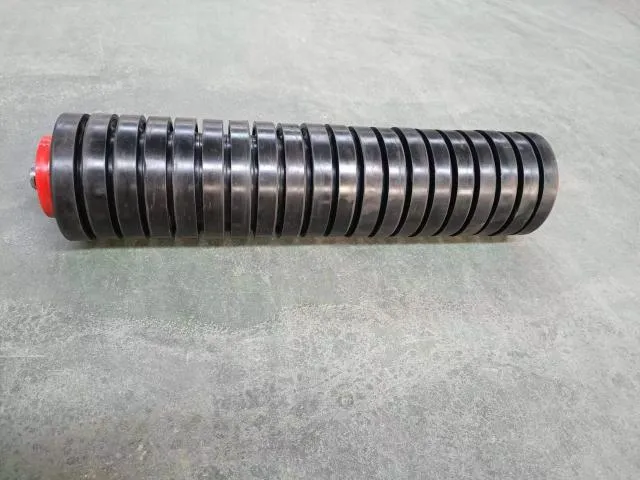 Afrikaans
Afrikaans  Albanian
Albanian  Amharic
Amharic  Arabic
Arabic  Armenian
Armenian  Azerbaijani
Azerbaijani  Basque
Basque  Belarusian
Belarusian  Bengali
Bengali  Bosnian
Bosnian  Bulgarian
Bulgarian  Catalan
Catalan  Cebuano
Cebuano  Corsican
Corsican  Croatian
Croatian  Czech
Czech  Danish
Danish  Dutch
Dutch  English
English  Esperanto
Esperanto  Estonian
Estonian  Finnish
Finnish  French
French  Frisian
Frisian  Galician
Galician  Georgian
Georgian  German
German  Greek
Greek  Gujarati
Gujarati  Haitian Creole
Haitian Creole  hausa
hausa  hawaiian
hawaiian  Hebrew
Hebrew  Hindi
Hindi  Miao
Miao  Hungarian
Hungarian  Icelandic
Icelandic  igbo
igbo  Indonesian
Indonesian  irish
irish  Italian
Italian  Japanese
Japanese  Javanese
Javanese  Kannada
Kannada  kazakh
kazakh  Khmer
Khmer  Rwandese
Rwandese  Korean
Korean  Kurdish
Kurdish  Kyrgyz
Kyrgyz  Lao
Lao  Latin
Latin  Latvian
Latvian  Lithuanian
Lithuanian  Luxembourgish
Luxembourgish  Macedonian
Macedonian  Malgashi
Malgashi  Malay
Malay  Malayalam
Malayalam  Maltese
Maltese  Maori
Maori  Marathi
Marathi  Mongolian
Mongolian  Myanmar
Myanmar  Nepali
Nepali  Norwegian
Norwegian  Norwegian
Norwegian  Occitan
Occitan  Pashto
Pashto  Persian
Persian  Polish
Polish  Portuguese
Portuguese  Punjabi
Punjabi  Romanian
Romanian  Russian
Russian  Samoan
Samoan  Scottish Gaelic
Scottish Gaelic  Serbian
Serbian  Sesotho
Sesotho  Shona
Shona  Sindhi
Sindhi  Sinhala
Sinhala  Slovak
Slovak  Slovenian
Slovenian  Somali
Somali  Spanish
Spanish  Sundanese
Sundanese  Swahili
Swahili  Swedish
Swedish  Tagalog
Tagalog  Tajik
Tajik  Tamil
Tamil  Tatar
Tatar  Telugu
Telugu  Thai
Thai  Turkish
Turkish  Turkmen
Turkmen  Ukrainian
Ukrainian  Urdu
Urdu  Uighur
Uighur  Uzbek
Uzbek  Vietnamese
Vietnamese  Welsh
Welsh  Bantu
Bantu  Yiddish
Yiddish  Yoruba
Yoruba  Zulu
Zulu types of conveyor belt rollers
Types of Conveyor Belt Rollers An Overview
Conveyor belt rollers are essential components in conveyor systems, facilitating the smooth movement of materials from one point to another. They are available in various types, each designed for specific applications and environments. Understanding these types helps businesses select the right roller for their needs, improving efficiency and reducing operational costs. This article will explore the different types of conveyor belt rollers, highlighting their features, applications, and advantages.
1. Drive Rollers
Drive rollers are fundamental to conveyor systems. They are responsible for powering the conveyor belt to move materials. Typically installed at the head end of the conveyor, drive rollers can be powered by an electric motor or other mechanisms. These rollers feature a rough surface to ensure a firm grip on the conveyor belt, preventing slippage during operation. Their robust design allows them to withstand high loads and continuous use, making them suitable for heavy-duty applications.
2. Idler Rollers
Idler rollers play a crucial role in supporting the conveyor belt and maintaining its tension. Positioned along the length of the conveyor, these rollers do not drive the belt but instead provide the necessary support to minimize sagging. Idler rollers are generally classified into three types troughing idlers, flat idlers, and return idlers.
- Troughing Idlers These rollers have a curved shape, allowing the belt to form a trough. This design helps in containing the materials being transported, reducing spillage and improving efficiency.
- Flat Idlers As the name suggests, flat idlers are used for transporting materials on a flat surface. They are commonly found in applications where the risk of spillage is minimal.
- Return Idlers Located on the returning side of the conveyor, return idlers help guide the belt back to the drive roller
. They are typically designed to reduce wear on the belt and minimize resistance.3. Impact Rollers
types of conveyor belt rollers

Impact rollers are specifically designed to absorb the shock and energy generated when materials are loaded onto the conveyor. Positioned at loading points, these rollers protect the belt from damage while ensuring a smooth transition of materials. Impact rollers typically feature a resilient rubber coating that dampens vibrations and minimizes wear and tear.
4. Carrying Rollers
Carrying rollers are used to support the weight of the materials on the moving belt. These rollers are essential in reducing friction and ensuring that the conveyor system operates efficiently. Carrying rollers come in various sizes and configurations, depending on the weight and type of materials being transported. They can be made from different materials, including steel, rubber, or plastic, providing flexibility for various applications.
5. Wing Rollers
Wing rollers are a unique type of roller designed to assist in stabilizing the conveyor belt and preventing it from drifting. They have extended wings that help keep the belt centered, especially in high-speed applications or when transporting materials with a significant incline. Wing rollers enhance belt alignment, effectively reducing wear on the belt and ensuring consistent performance.
6. Snub Rollers
Snub rollers are used to increase the contact area between the belt and the drive roller, enhancing friction and improving the drive efficiency. These rollers are positioned at a slight angle to redirect the belt, allowing for better power transmission. Snub rollers are often employed in applications with a high torque requirement, ensuring that the belt remains firmly in contact with the drive roller.
Conclusion
Selecting the appropriate type of conveyor belt roller is crucial for ensuring the efficiency, longevity, and reliability of a conveyor system. Each type of roller serves a specific purpose, from driving the belt and supporting its weight to absorbing impacts and maintaining alignment. By understanding the characteristics and benefits of different conveyor belt rollers, businesses can optimize their material handling processes, reduce downtime, and enhance productivity. When investing in conveyor systems, it’s essential to consider the specific application requirements to choose the right roller type, ensuring smooth and efficient operation for years to come.
-
Revolutionizing Conveyor Reliability with Advanced Rubber Lagging PulleysNewsJul.22,2025
-
Powering Precision and Durability with Expert Manufacturers of Conveyor ComponentsNewsJul.22,2025
-
Optimizing Conveyor Systems with Advanced Conveyor AccessoriesNewsJul.22,2025
-
Maximize Conveyor Efficiency with Quality Conveyor Idler PulleysNewsJul.22,2025
-
Future-Proof Your Conveyor System with High-Performance Polyurethane RollerNewsJul.22,2025
-
Driving Efficiency Forward with Quality Idlers and RollersNewsJul.22,2025





























